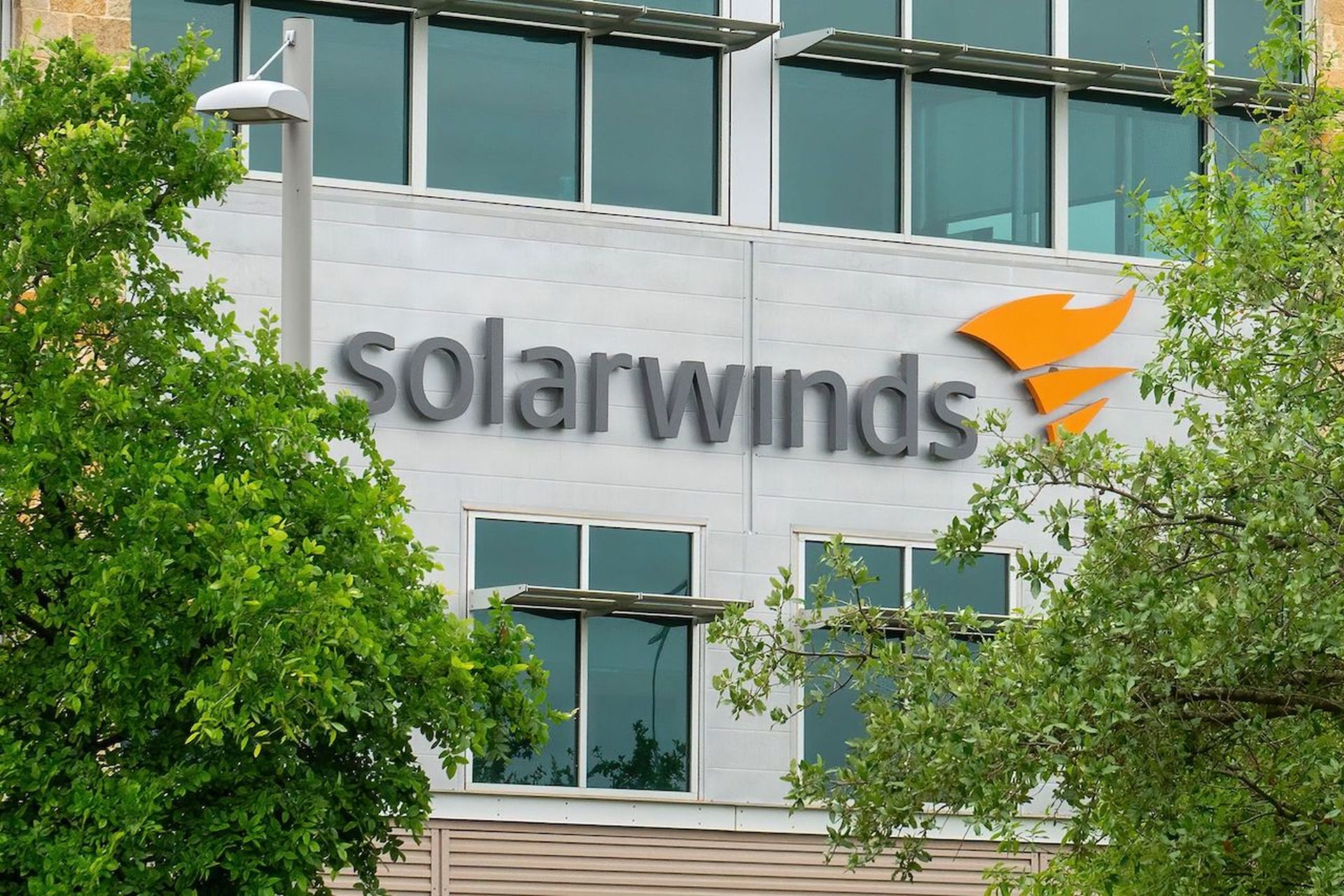Over the last year, we’ve seen a number of new acquisitions in the email marketing space. Specifically:
- European cross-channel campaign management vendor Selligent and Silicon Valley email service provider Strongview were acquired and combined by Private Equity Firm HGGC.
- Marlin Equity Partners acquired Teradata’s Digital Marketing Center -- the part of Teradata which includes former eCircle, Ozone Online for agency services, and Argyle Social -- and mid-market ESP BlueHornet, which was previously part of Digital River.
- Vista Equity Partners picked up B2B marketing automation vendor Marketo.
- And most recently Zeta Interactive added Acxiom Impact to the eBay Enterprise assets (the old eDialog, for those of you keeping track) it acquired last year.
Acquisitions and takeovers aren’t new to email marketing. So why has this recent activity caught our eye? These most immediate acquisitions are financially, not strategically, based. That is, the bottom might have finally fallen out of the email marketing vendor landscape. Consider that:
- Demands for lower and lower email costs are pushing vendors out of business. Independent email vendors can’t recoup costs when email CPMs average $.50 or less. Email is the most critical piece of cross-channel marketing because 1) the email address is the main identifier of customers, and 2) email continues to deliver the highest return on investment (ROI) in digital marketing. And yet, it is the lowest cost tool in the marketers’ toolkit. Marketers don’t pay for email at a level commensurate with the value they get from it.
- Surviving vendors will shift to higher revenue streams. Enterprise vendors will have to shift business models in order to accommodate increasingly “free” email delivery. We expect them to: 1) sell a complete marketing suite where email is the foundation, but other solutions (data management, online media, personalization) generate the margin; 2) sell premium services rooted on a technology platform that is provided gratis; or 3) go downstream. High volume “dumb pipes” still make money off of volume, or small business solutions charge enough per email send to endure.
- Email pricing will look more like software licensing than media buying. Because marketers, not IT users, buy email marketing, its pricing originated like a media buy: the CPM. But if email service providers turn into marketing agencies or cross-channel campaign software, then pricing will also shift to accommodate. Early moves by Adobe Campaign and SalesForce to more license based pricingaway from volume based pricing haven’t been as disruptive as we expected. But if email marketing becomes an application purchase, buying centers will change as well. And app buyers don’t expect (or understand) CPM-based pricing.
- Vendor stability becomes a key selection criteria. We hope that the acquisitions above eventually introduce into the market better, more innovative email marketing providers than are available today. But for the time being, all are still working through how to combine multiple technologies, staff, and market visions in a way that will offer clients value -- not just disruption. Prioritizing firms who are unlikely acquisition candidates -- like Epsilon, Oracle, or Adobe -- will help you avoid any volatility.
Have we come to the finale for standalone email vendors? What do you think will be the future of email marketing service providers?
Rebecca McAdams is a researcher on Forrester Research's B2C Marketing team. This blog post was written in collaboration with Shar VanBoskirk. Read more Forrester blogs here.




